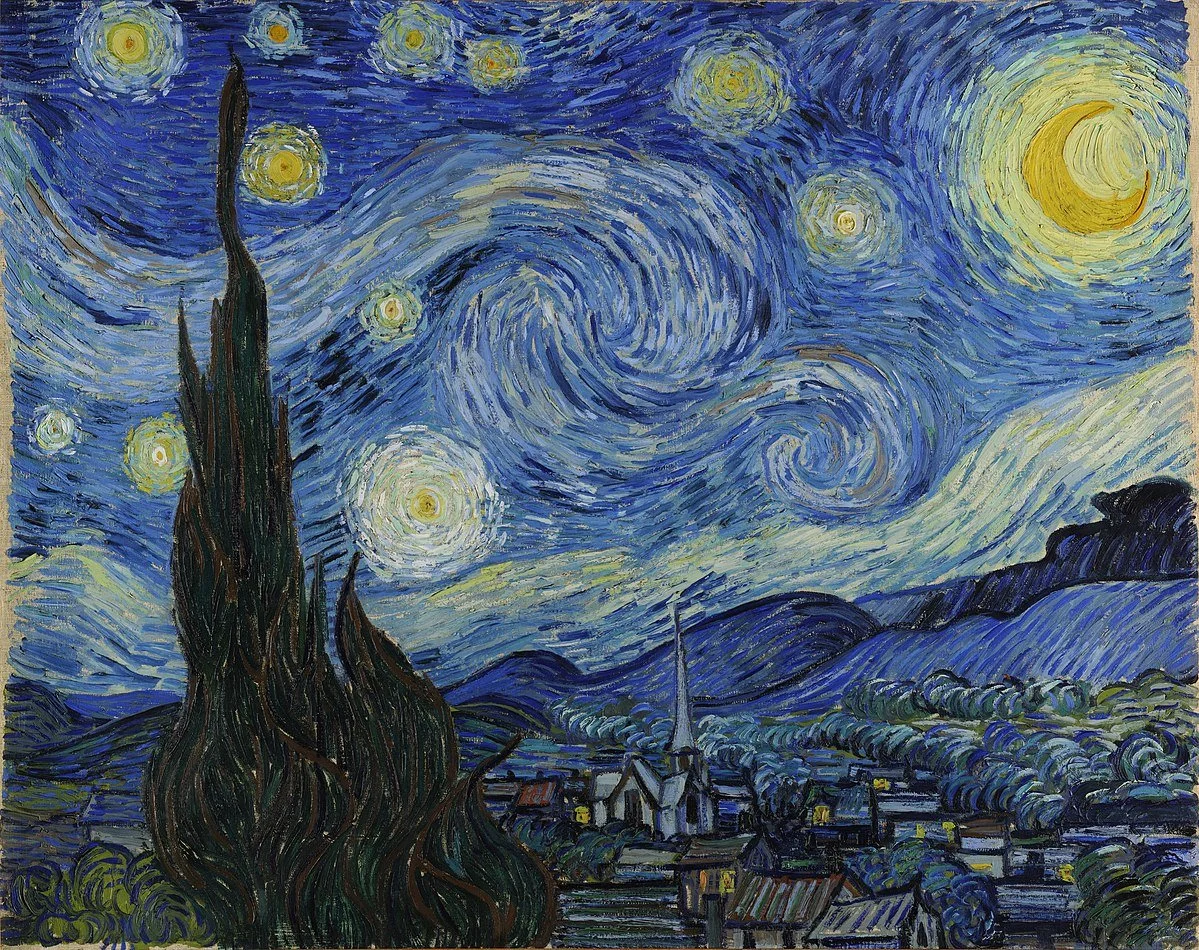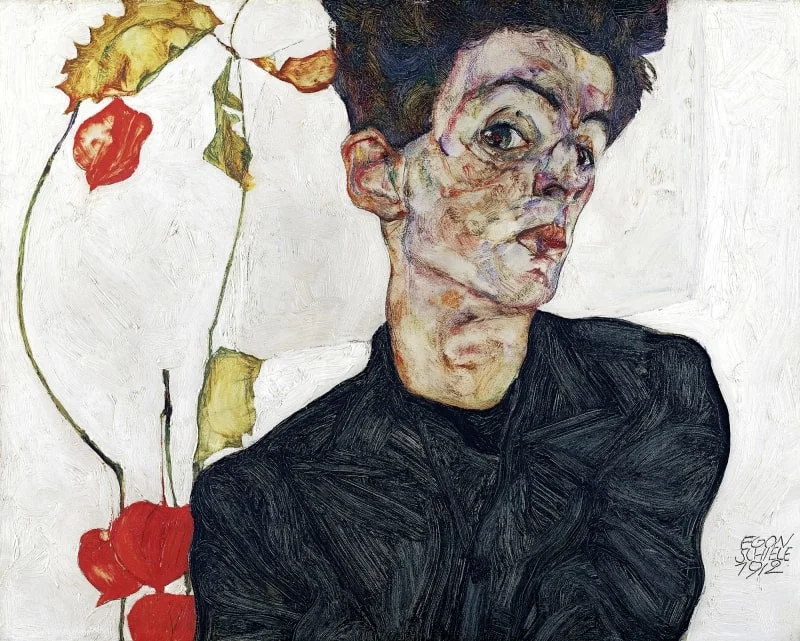EXPRESSIONISM: THE ART THAT DISTORTED REALITY
Expressionism emerged as an emotional jolt in the face of a world crumbling under the weight of progress, war, and dehumanization.
In a Europe shaken by the disillusionment of modernity and the imminence of war, an artistic movement arose to scream what progress didn’t want to hear. Born in Germany between 1905 and 1933, Expressionism was not merely an aesthetic but a radical statement against reason, classical beauty, and the empty promises of modern order. It was an art of anguish, of flesh and soul a deliberate distortion of reality that, like few other moments in history, sought to reveal the deeper truth of the human condition.
Unlike their Impressionist contemporaries, who pursued the flicker of light on the surface, Expressionists dug into the shadows. They didn’t want to show the world as it appears, but as it feels: trembling, dark, sometimes grotesque. They rejected academic idealism, the rationalism inherited from the 19th century, and the notion of beauty as harmony. Instead, they embraced pain, alienation, madness, fear. They wanted to say unfiltered that the world was falling apart.
THE DISTORTION OF REALITY: THE “INNER URGE” AS AESTHETIC DRIVE
Expressionism rose in opposition to Impressionism and the positivist rationalism of the 19th century. Unlike Impressionism, which sought to capture the physical world and fleeting objective beauty, Expressionism focused on the artist’s subjective world. Reality, for them, had to be distorted not arbitrarily, but to convey the intensity of human experience and emotion: loneliness, anguish, fear, misery, and terror.
This approach was grounded in the German Romantic concept of innerer Drang, the “inner urge” or longing that drove artists to prioritize instinct over rationality in the creative process. The result was harsh, abrupt, and often intentionally “ugly” art that didn’t shy away from depicting the morbid, the forbidden, and the obscene. Unlike French Fauvism, Expressionism carried a more pessimistic tone. In essence, it became a dissection of the human soul portraying a tragic vision of the individual: adrift, alienated, and crushed by the mediocrity of modern industrialized society.
Artists, heirs of Romanticism and precursors like Munch and Ensor, sought to depict the essence of the contemporary individual. They cultivated drama, subjectivity, and psychological depth, exploring the dreamlike and the grotesque. The visual arts reflected this through angular forms, arbitrary perspective, and distorted figures to emphasize emotion, using expressive color and thick, hammered brushstrokes.
AN EMOTIONAL REBELLION
Although Expressionism was a diverse and non-unified movement, its main centers emerged in Germany. Two early groups, with distinct philosophies, defined the avant-garde:
DIE BRÜCKE (THE BRIDGE): The Savage Cry
Founded in Dresden in 1905, with figures like Ernst Ludwig Kirchner, Die Brücke sought to be “a bridge laying the foundations for future art” by destroying old conventions. They adopted a violent technique and an aesthetic akin to primitivism, using color and angular forms to create distressing, marginal, and unpleasant works. They had a particular interest in woodcut printing (xilografía), a rough graphic technique that allowed them to express their art directly, leaving it raw and unfinished almost physiologically emotional.
DER BLAUE REITER (THE BLUE RIDER): The Spiritual Quest
Formed in Munich in 1911 under the leadership of Wassily Kandinsky and Franz Marc, Der Blaue Reiter aimed for a more refined and spiritual form of art. Rather than the visceral distortion of Die Brücke, they sought to purify reality to capture its essence, leading them toward abstraction. Instead of emotional outbursts, they pursued creative freedom and subjective expression that transcended figurative forms to connect with deep feelings through music, nature, and spirituality.
Other groups, like the free Expressionists of the School of Paris (les maudits) and the later New Objectivity (Neue Sachlichkeit) group led by Otto Dix and George Grosz (formed after World War I and marked by pessimism and cynical satire), also contributed to the expressionist mosaic.
THE SPREAD OF UNEASE: FILM, MUSIC, AND LITERATURE
The expressionist spirit expanded into film, music, and literature:
FILM:
Developed intensely in the 1920s, it reflected instability with nightmarish, non-naturalistic sets, oval constructions that enhanced feelings of oppression and surveillance, and intense chiaroscuro. The use of oblique angles and dim lighting served to explore the duality of the individual.
MUSIC:
Led by Arnold Schoenberg, expressionist music broke with traditional Western structures by embracing dissonance and atonality. Schoenberg invented the twelve-tone technique (a scale of 12 equally spaced tones), using dissonant harmonies and dynamic contrasts to convey a tragic vision.
LITERATURE:
It broke from traditional forms and focused on themes such as loneliness, death, and war. Language was heavy with symbols and exaggerated metaphors, exploring suffering and existential emptiness in both novels and theater.
THE TRAGEDY OF BEING MODERN
Expressionism was the desperate response of an art form confronting the collapse of its certainties. It emerged at a time when progress no longer seemed desirable, when industrialization brought more alienation than well-being, when empires were crumbling, and faith in reason was unraveling.
Modernity promised a better future, but to the Expressionists, that future was a nightmare. Their art was a warning: beneath the shine of civilization, there is suffering. Behind the machinery, there are crushed bodies. Underneath order, there is repression. And within the human soul, there is fear, desire, and rage.
Although the movement dissolved after the rise of Nazism which labeled it “degenerate art” Expressionism left an indelible mark. It was a precursor to later movements like American Abstract Expressionism or German Neo-Expressionism in the 1980s. In music, in film, in contemporary literatura its screams still echo.
Today, in a world still torn between technological progress and existential uncertainty, the legacy of Expressionism remains uncomfortably relevant. Because Expressionism never sought to console or beautify it only aimed, with brutal honesty, to show what remains when the light goes out.




